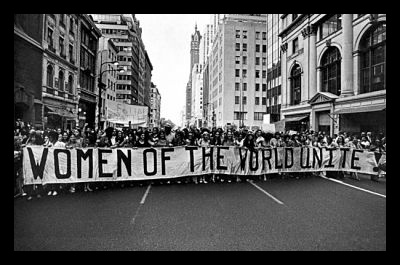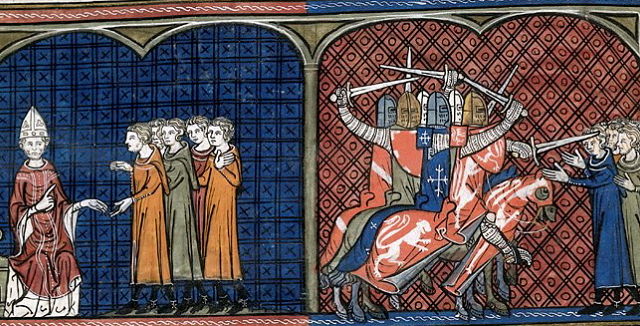 Not many people have heard of the Albigensian Crusade, but if you have, you know that this event was much like a real-life episode of Game of Thrones. Here are 10 things you didn’t know about the Albigensian Crusade.
Not many people have heard of the Albigensian Crusade, but if you have, you know that this event was much like a real-life episode of Game of Thrones. Here are 10 things you didn’t know about the Albigensian Crusade.
-
- The crusade began in 1209
The Albigensian Crusade was a 20-year-long endeavor, lasting from 1209 until 1229. - Pope Innocent III started the crusade against the Cathars
The Cathars were a religious group that rejected the traditional Roman Catholic Church. They committed themselves to the Cathari religious movement, which dominated southern France in the 1200s. The Cathars believed in a dualistic cosmology that partially adapted Catholic thought into a religion of their own and was thus considered heretical. - The Albigensian Crusade took place in southern France
The geographical scope of the crusade stretched across southern France: Avignon, Castelsarrasin, Termes and Toulouse. - Catharism was virtually eliminated
The crusade eventually eradicated Catharism by the end of the 13th century. - Crusaders were instructed to have no mercy and no discretion
During the capture of Béziers, a key Cathar territory in southern France, the papal legate was asked how to distinguish between Cathars and Christians, and allegedly responded “Kill them all. God will know his own.” Everyone in the south of France was at risk of being considered a heretic simply because of where they lived. - Crusaders believed in “crusade indulgence”
It was believed that “crusade indulgence” officially absolved sins and ensured that no punishment would be issued in the afterlife. The Albigensian Crusade was very popular among soldiers because they believed their sins would be forgiven for taking part in the crusade. - The crusades morphed into a holy war
By the 12th century, crusading was dedicated to removing religious diversity. The Roman Catholic Church considered the practice of other religions a threat to human salvation. Crusades branched out from those against Muslims and pagans in the Baltic region to the perceived threat of the Cathars. - Pope Innocent III started the crusade but didn’t finish it
After spearheading the crusade, Pope Innocent III was murdered while trying to recruit an ally. It is generally believed that the count of Toulouse, Raymond VI, murdered the pope after he tried to recruit the count to join the war effort. - Royal intervention ended the crusade in 1229
Despite papal inception, King Louis VIII brought the Albigensian Crusade to an end in 1229 after officially restoring control over the region. - There were over one million deaths
It is estimated that at least one million innocent lives were lost throughout the course of the 20-year crusade. Some Cathars were even burned at the stake.
- The crusade began in 1209
Even though the Albigensian Crusade came to an end in 1229, it led to further persecution of heretics in the following century, including the infamous Spanish Inquisition and various other crusades. Though they occurred many centuries ago, these persecutions and deaths are part of the numerous human rights violations that have taken place throughout history.
– Sloan Bousselaire
Photo: Google
 While it is apparent there has been an increase in refugee traffic over the last few decades, the history of refugees extends much farther back in time. There are some important messages contained within these mass movements that can help explain why refugees are displaced to begin with, what human rights refugees have, why it has been challenging to integrate refugees into society once displaced and the major social advantages in doing so. Furthermore, the history of refugee movements is not localized to any single region, but rather it is
While it is apparent there has been an increase in refugee traffic over the last few decades, the history of refugees extends much farther back in time. There are some important messages contained within these mass movements that can help explain why refugees are displaced to begin with, what human rights refugees have, why it has been challenging to integrate refugees into society once displaced and the major social advantages in doing so. Furthermore, the history of refugee movements is not localized to any single region, but rather it is 

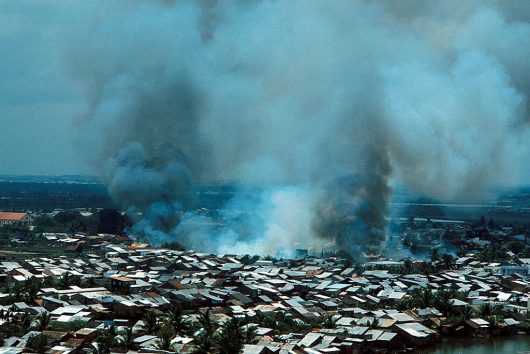

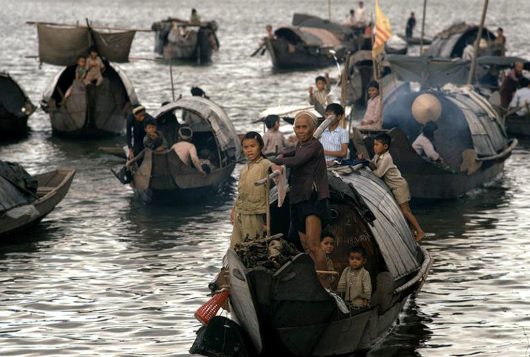
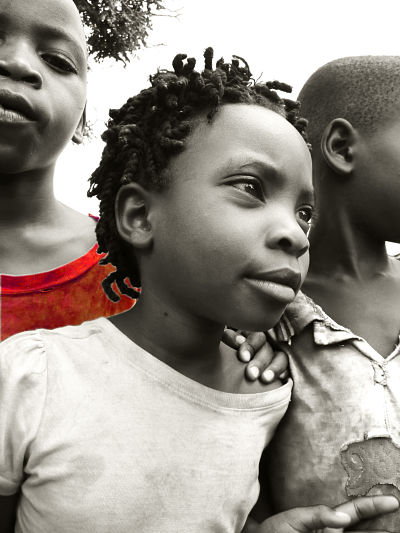
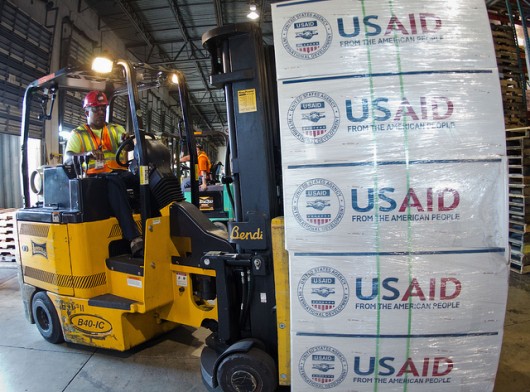 U.S.
U.S.